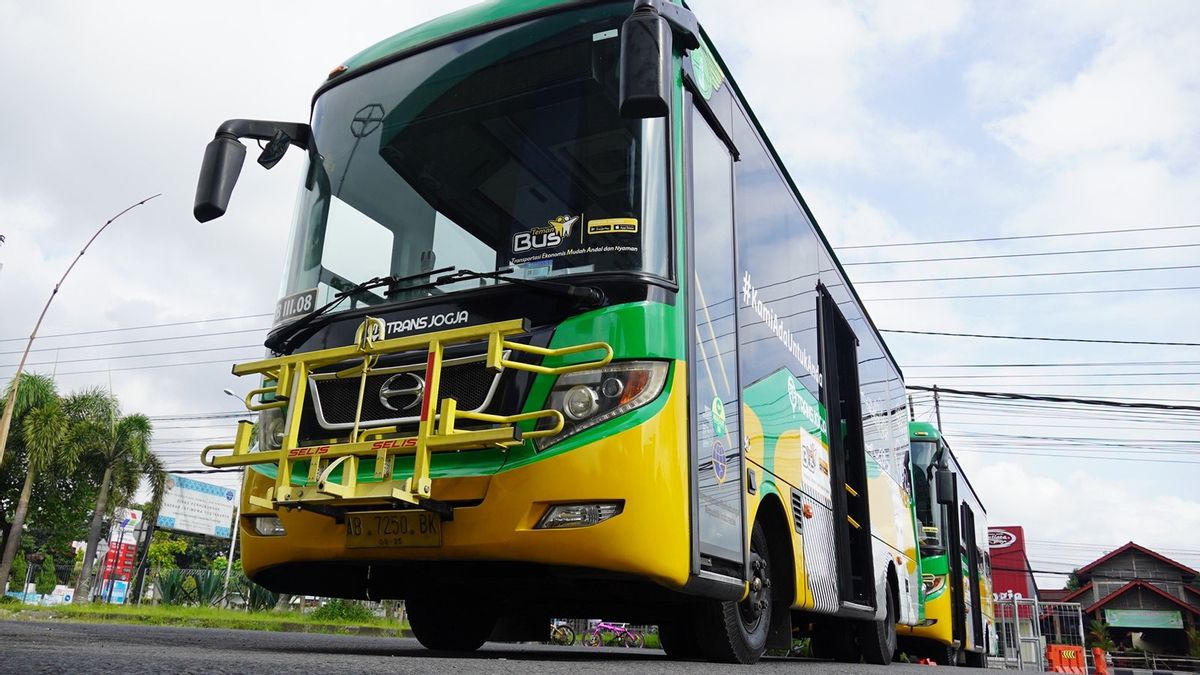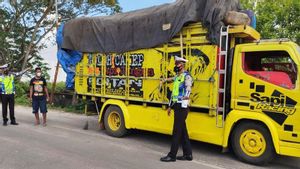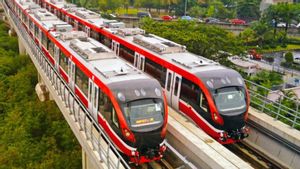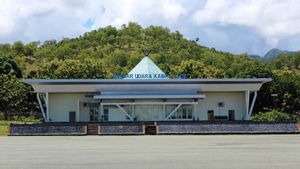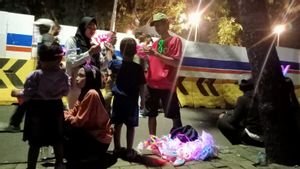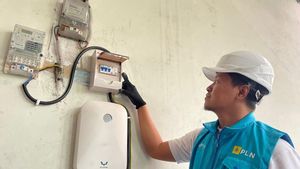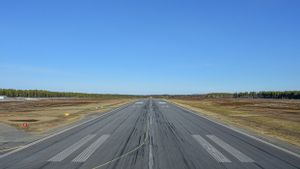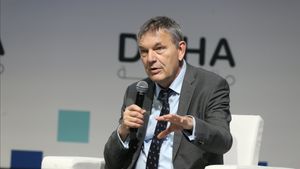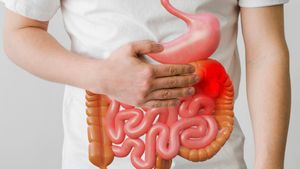JAKARTA – The Ministry of Transportation through the Directorate General of Land Transportation is trying to increase the use of public transportation widely.
The reason is, the presence of public transport is considered as a way out to get around rising fuel prices.
The Director General of Land Transportation, Hendro Sugiatno said, the Ministry of Transportation said that fuel consumption was currently dominated by private vehicles, both two-wheeled and four-wheeled vehicles, which reached 97 percent.
The reason is the domination of the movement of people who are still served by private vehicles, especially in urban areas.
"Therefore, the government is encouraging the use of public transportation in urban areas throughout Indonesia through the development of bus rapid transit (BRT) with a buy-the-service (BTS) scheme", he said in an official statement, Friday, January 20.
The BTS scheme is here to provide a stimulus for the development of urban public passenger transport, increasing interest in using public transportation, and providing ease of mobility for people in urban areas.
Hendro said that until now efforts to build urban public transportation were still being carried out by the Directorate General of Land Transportation.
The Ministry of Transportation will continue to strengthen the ongoing program and its development.
Hendro said, simultaneously a thorough evaluation would also be carried out to further improve the existence of public transportation in Indonesia.
"In the future, the Ministry of Transportation through the Directorate General of Hubdat will do various things to reduce fuel consumption in several ways, one of which is to assist cities that have developed public transportation so that these cities will find ways to optimize their services as shown by increased transport capacity and the number of passengers each year", he said.
Hendro said another effort was to encourage and facilitate provincial and district/city governments to sit together with land transport organizations (Organda) so they could find joint steps in providing public transport services to the public.
"Including the realignment of the route network so that people can switch from using private vehicles to using public transportation", he said.
Hendro said, good collaboration between the central government, regional governments, and transportation service business actors, in this case, Organda which is scattered in each region, is indeed a major challenge so that the development of urban public transportation can be implemented quickly.
Central government collaboration with local governments and Organda is a must to create an understanding, so that all elements have the ability and shared will in building urban public transportation, both in terms of financing, institutions, and management.
"Collaboration needs to be continuously improved, to realize urban public transportation that is safe, secure, comfortable, and affordable as mandated in Law 22 of 2009", he explained.
In addition, said Hendro, in recent years the Directorate General of Hubdat has been promoting the National Movement Back to Public Transport which is a moral invitation to invite people to return to using public transportation.
One of the ways is through the public transport day program for employees in the local government environment to use public transportation.
In addition, the Directorate General of Hubdat also consistently and continuously provides services to the community in areas that are difficult to reach due to topography and geographical conditions, which is realized through the pioneer transportation program.
"There are no less than 336 pioneering road transport routes and 6 subsidized routes for freight transport pioneers spread across various regions of Indonesia. This pioneering transportation program is proof that the government is here to provide services to the community in the hope of growing the economy in society", he said.
To support the continuity of this service, said Hendro, there is pioneering freight transportation via land routes serving the movement of goods to and from pioneering sea transportation, pioneering ferry transportation, pioneering air transportation, and/or logistics distribution centers.
He explained that pioneering freight transport subsidy services were present in five regions, including Aceh, Natuna, Tanjung Selor, Merauke (2 routes), and Mimika.
In 2022, the pioneering goods transportation budget subsidies will be as much as IDR 15 billion.
VOIR éGALEMENT:
Through the presence of this pioneering goods transport subsidy, it is hoped that it will be able to reduce price disparities between regions in Indonesia to maintain price stability for basic commodities.
"To accelerate the recovery of the community's economy due to the Covid-19 pandemic, the Directorate General of Transportation and Data also provides public transportation services in the National Tourism Strategic Areas (KSPN) which are often known as the 10 new Balis. Slowly but surely the tourism sector is starting to grow again with these services and the wheels of the economy are starting to revive", explained Hendro.
The English, Chinese, Japanese, Arabic, and French versions are automatically generated by the AI. So there may still be inaccuracies in translating, please always see Indonesian as our main language. (system supported by DigitalSiber.id)
